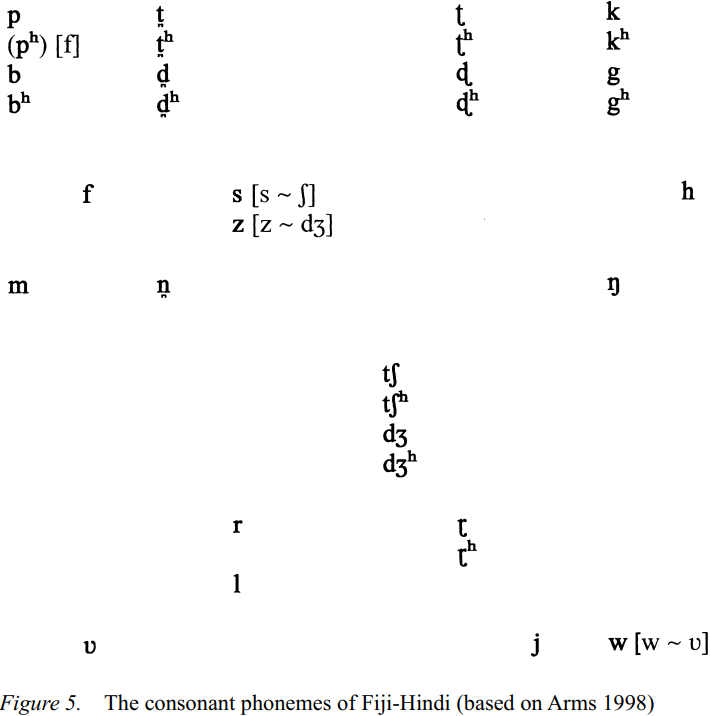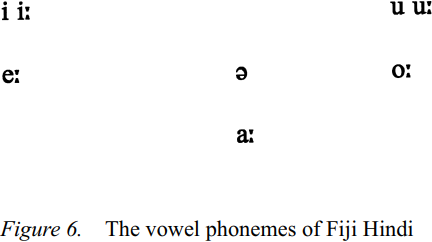

Grammar


Tenses


Present

Present Simple

Present Continuous

Present Perfect

Present Perfect Continuous


Past

Past Simple

Past Continuous

Past Perfect

Past Perfect Continuous


Future

Future Simple

Future Continuous

Future Perfect

Future Perfect Continuous


Parts Of Speech


Nouns

Countable and uncountable nouns

Verbal nouns

Singular and Plural nouns

Proper nouns

Nouns gender

Nouns definition

Concrete nouns

Abstract nouns

Common nouns

Collective nouns

Definition Of Nouns

Animate and Inanimate nouns

Nouns


Verbs

Stative and dynamic verbs

Finite and nonfinite verbs

To be verbs

Transitive and intransitive verbs

Auxiliary verbs

Modal verbs

Regular and irregular verbs

Action verbs

Verbs


Adverbs

Relative adverbs

Interrogative adverbs

Adverbs of time

Adverbs of place

Adverbs of reason

Adverbs of quantity

Adverbs of manner

Adverbs of frequency

Adverbs of affirmation

Adverbs


Adjectives

Quantitative adjective

Proper adjective

Possessive adjective

Numeral adjective

Interrogative adjective

Distributive adjective

Descriptive adjective

Demonstrative adjective


Pronouns

Subject pronoun

Relative pronoun

Reflexive pronoun

Reciprocal pronoun

Possessive pronoun

Personal pronoun

Interrogative pronoun

Indefinite pronoun

Emphatic pronoun

Distributive pronoun

Demonstrative pronoun

Pronouns


Pre Position


Preposition by function

Time preposition

Reason preposition

Possession preposition

Place preposition

Phrases preposition

Origin preposition

Measure preposition

Direction preposition

Contrast preposition

Agent preposition


Preposition by construction

Simple preposition

Phrase preposition

Double preposition

Compound preposition

prepositions


Conjunctions

Subordinating conjunction

Correlative conjunction

Coordinating conjunction

Conjunctive adverbs

conjunctions


Interjections

Express calling interjection

Phrases

Sentences


Grammar Rules

Passive and Active

Preference

Requests and offers

wishes

Be used to

Some and any

Could have done

Describing people

Giving advices

Possession

Comparative and superlative

Giving Reason

Making Suggestions

Apologizing

Forming questions

Since and for

Directions

Obligation

Adverbials

invitation

Articles

Imaginary condition

Zero conditional

First conditional

Second conditional

Third conditional

Reported speech

Demonstratives

Determiners


Linguistics

Phonetics

Phonology

Linguistics fields

Syntax

Morphology

Semantics

pragmatics

History

Writing

Grammar

Phonetics and Phonology

Semiotics


Reading Comprehension

Elementary

Intermediate

Advanced


Teaching Methods

Teaching Strategies

Assessment
Pure Fiji English (Indo-Fijian speakers)
المؤلف:
Jan Tent and France Mugler
المصدر:
A Handbook Of Varieties Of English Phonology
الجزء والصفحة:
764-42
2024-05-03
1740
Pure Fiji English (Indo-Fijian speakers)
In order to understand the phonology of Pure Fiji English as spoken by Fiji’s Indo-Fijians, a brief overview of the phonology of Fiji Hindi is required. While it does not vary significantly from that of Standard Hindi (Siegel 1975; Moag 1977, 1979; Arms 1998), there are a few notable differences. Siegel (1975, 1987: 8) notes that for many Fiji Hindi speakers [ʋ] , [b] and [ph] and [f], [ʤ] and [z], and [ʃ] and [s] occur in free variation or an intermediate sound is used. Furthermore, [ɲ] , [ɳ] and [ŋ] are allophones of /n/ when preceding a consonant, and [l] is often replaced by [r] (Moag 1979), e.g. Fiji Hindi baar for Standard Hindi baal ‘hair’. On the other hand, Arms (1998: 2) claims that “[f] has completely replaced the primary [consonant] [ph]”. For example, we have [fu:l] for ‘flower’, rather than [phu:l]. Arms points out that this is also the case in some dialects of Hindi in India, while in others, the two sounds are in free variation. He adds that they are “certainly not in free variation in Fiji, but [f] has in some cases given way to unaspirated [p]”. He cites as examples [hapta] ‘week’ (rather than [hafta]) and [fuppa] ‘father’s sister’s husband’ (rather than [fuffa]) and notes that in the latter the initial [f] is retained while medially it has changed to [p]. He adds that “for some speakers the change of [f] to [p] takes place optionally in many vocabulary items.” Thus /f/ has become part of the phonemic inventory of Hindi – including Fiji Hindi – via three sources: Perso-Arabic loanwords, borrowings from English, and etymological /ph/. Arms also claims that [ʃ] has merged with [s] for many speakers, especially in rural areas.
The sounds which are used in Standard Hindi for the pronunciation of words of Perso-Arabic origin are not normally found in Fiji Hindi; neither are they in most colloquial varieties of Indian Hindi. For example, [z] is realized as [Ʒ] in Fiji Hindi, as in Colloquial Hindi (Bhatia 1995: 16), except in some proper nouns. This is true even among Indo-Fijian Muslims, whose lexicon includes more such words and who would use such words more often. Other examples include [x], which is realized as [kh], as in the name Khan, for instance. The same is true of the voiced counterpart, which is simply pronounced as a velar, rather than uvular, [g].
As for vowels, Hindi has a set of five pairs of vowels whose phonetic relationship is reflected in the Devanagari orthography. Three are pairs of short versus long vowels: /a/ and /a:/, /i/ and /i:/, and /u/ and /u:/. The mid vowels /e/ and /o/ are long and have not short vowels, but the diphthongs /ai/ and /au/ as their counterpart.
In Fiji Hindi long and short vowels do not always contrast. Siegel (1975: 130) claims that vowel length is not differentiated (especially [i] vs. [i:] and [u] vs. [u:]), and this seems particularly true in final position. Similarly, with the exception of a few monosyllabic words, the two diphthongs do not occur in word final position. In any case, they constitute only about 1% of all vocalic occurrences (Arms 1998: 3). It is unclear whether vowel nasalization, which occurs phonetically, is ever phonemic.
The consonant and vowel phonemes of Fiji Hindi are presented in Figures 5 and 6 respectively.


Although Standard and Fiji Hindi are phonologically similar, Pure Fiji English as spoken by Indo-Fijians differs from the “typical” Indian English of the sub-continent in a number of ways. For instance:
– Indo-Fijian English is, as a general rule, non-rhotic.
– Pure Indo-Fijian English has monophthongised diphthongs.
– The realization of alveolars as retroflexes is much less common in Indo-Fijian English, though some speakers of Pure Fiji English do exhibit this characteristic.
It is clear that much further empirical study needs to be carried both on the phonology of Fiji Hindi, and on the English spoken by Indo-Fijians. The following are the most common phonological features of Pure Fiji English as spoken by Indo-Fijians.
 الاكثر قراءة في Phonology
الاكثر قراءة في Phonology
 اخر الاخبار
اخر الاخبار
اخبار العتبة العباسية المقدسة

الآخبار الصحية















 قسم الشؤون الفكرية يصدر كتاباً يوثق تاريخ السدانة في العتبة العباسية المقدسة
قسم الشؤون الفكرية يصدر كتاباً يوثق تاريخ السدانة في العتبة العباسية المقدسة "المهمة".. إصدار قصصي يوثّق القصص الفائزة في مسابقة فتوى الدفاع المقدسة للقصة القصيرة
"المهمة".. إصدار قصصي يوثّق القصص الفائزة في مسابقة فتوى الدفاع المقدسة للقصة القصيرة (نوافذ).. إصدار أدبي يوثق القصص الفائزة في مسابقة الإمام العسكري (عليه السلام)
(نوافذ).. إصدار أدبي يوثق القصص الفائزة في مسابقة الإمام العسكري (عليه السلام)


















